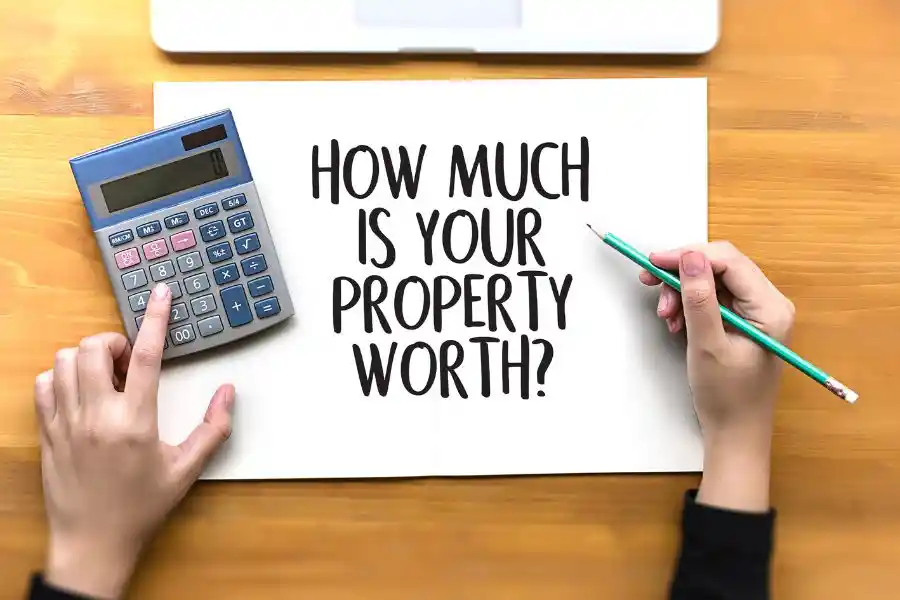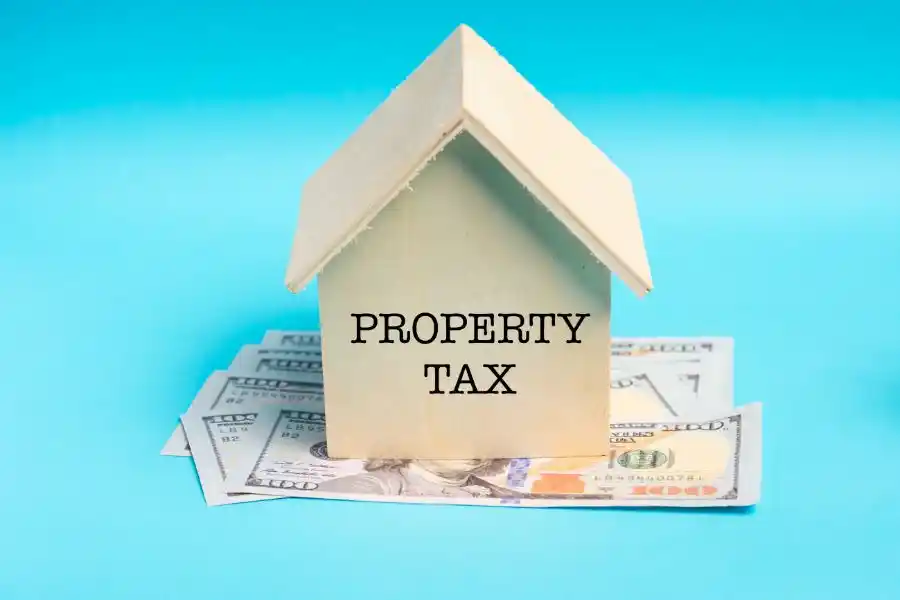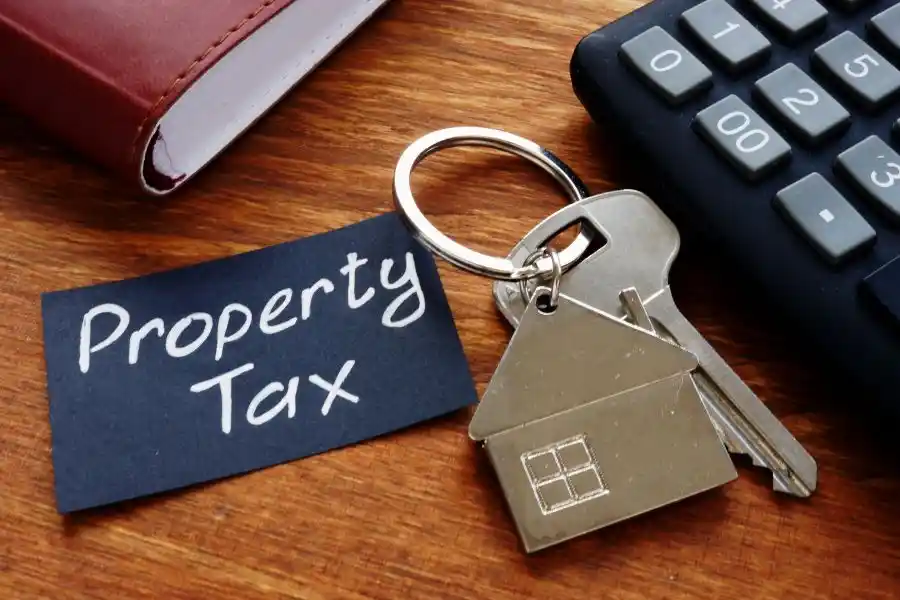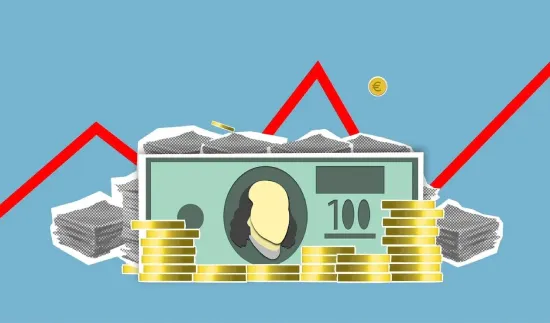All commercial and residential properties in NYC are divided into four classes, though only two are relevant to residential properties.
Class 1 and Class 2 Properties in NYC and Tax Rates
Class-1 properties in NYC cover all one-, two-, and three-family properties or properties that contain no more than three housing units. These properties may have dedicated office or retail space attached to the housing units. This class also includes small condominiums with three or fewer stories.
Class-2 properties in NYC cover almost all other residential properties. This includes townhouses with four or more units, co-ops, and condominium buildings. There are three subclasses as well. Class-2a covers rental buildings with four to six housing units, and class-2b covers buildings with seven to ten housing units when the buildings are classified as neither co-op nor condominium. Class-2c covers buildings with between two and ten housing units that are classified as condominiums or co-ops. Every building with 11 or more units simply classifies as Class 2.
Class-3 is dedicated to utility buildings, while class-4 covers almost all commercial properties.
The yearly tax rate is determined by the class the building falls in. The tax rates for 2023 are:
- Class-1: 20.309%
- Class-2: 12.267%
The tax rates for Class-1 properties have almost doubled in the last two decades. In contrast, class-2 taxes have grown by about 13% over that period. However, the tax rate alone doesn’t decide the tax bill in NYC.
Market Value vs. Assessed Value
The market value of a property is assessed by the city government using a statistical model, which uses variables like similar properties sold in your neighborhood most recently. This method of using comparable properties or comps is the same one that home sellers use to come up with an accurate asking price or buyers use to determine if an asking price is fair or not. However, the government’s statistical model may include other variables as well, like the income and expenses of condos and co-ops, as the law stipulates that both condos and co-ops are treated as income-producing properties.
It’s important to note that the market value that the city uses to calculate your taxes may not be the same as what your property will sell for at any given time, and there are two main reasons for that.
- The government’s calculated market values are not updated in real-time.
- They may not take into account factors like seller’s or buyer’s market and may consider factors that sellers/buyers in the market may not when deciding the price of a property.
The assessed value, on the other hand, is a pre-decided percentage of the market value, and it differs based on the property’s class or subclass. Currently, these percentages are:
Class-1 properties: The assessed value is 6% of the market value.
Class-2 properties: Assessed value is 45% of the market value.
However, there are caps in place for Class-1 properties and the subclasses of Class-2 residential properties that determine how much the assessed value of a property can grow every year. The caps are simple:
- 6% increase per year and a maximum increase of 20% in a five-year period for Class-1 properties.
- 8% increase per year and a maximum increase of 30% in a five-year period for Class-1 properties.
This ensures that no matter how much the market value of the property fluctuates, the assessed value keeps growing at a steady pace.
Example:
Let’s say you bought a Class-1 property for $500,000. Here is how its property taxes may be calculated in the next three years:
Year | Market Value | Assessed Value | Comments |
1 | 500,000 | 30,000 | Assessed value calculated based on the market value. |
2 | 550,000 | 31,800 | Here, the assessed value is not calculated as 6% of the current market value because the restriction placed on how much the assessed value of a property can increase every year (6% for Class-1 at max) supersedes the original formula of calculating the assessed value as a percentage of market value. |
3 | 525,000 | 33,708 | Another 6% increase because it’s allowed, even though the market value of the property has actually fallen. |
Basically, the cap makes the market value of the property essentially worthless after year one because the subsequent increases have to comply with the limits placed on the growth of the assessed value.
For the remaining Class-2 properties, the rules are different. The government calculates the assessed value of the property each year using the 45% rule, which states that 45% of the current market value of the property is its assessed value. That’s $450,000 for a $1 million Class-2 property. However, this value is not used directly as the basis for tax calculation. The government uses another value called the transitional assessed value of the property. This is the value of the property after one-fifth or 20% of the change in the assessed value of the property in the current year, and the previous year is applied to (added or subtracted from) the assessed value.
The lower of the two numbers (assessed value, transitional assessed value) becomes the basis for calculating the tax for that property. This example, provided by the NYC government, visualizes this concept for better clarification.”
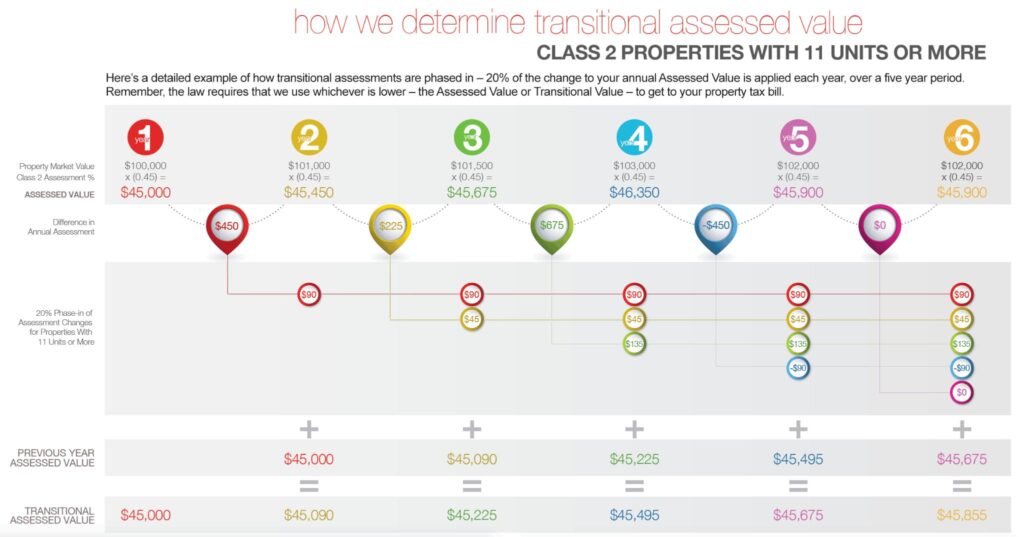
How Property Taxes Are Calculated in NYC
One-, Two-, and Three-Family Homes (Class-1)
There are four basic steps followed when calculating property taxes for Class-1 properties.
- Determining the market value of the property.
- Calculating the assessed (and transitional assessed for Class-2) value of the property, following the rules placed on the limits pertaining to increases in the assessed value.
- Applying any exemptions to the amount of the property or property owner qualifies for them.
- Calculating the taxes based on the applicable tax rate for the property class.
Example:
Market Value: $600,000
Assessed value (6%): $36,000
Exemptions: $0
Tax Bill: $36,000 x 20.309% = $7,311
Co-op Apartments (Class-1)
Co-op buildings are taxed as a single unit, and the tax bill is split based on how many shares of the corporation you own, which in turn is calculated based on the size of your apartment. This is typically rolled into the monthly maintenance collected from each unit. The building issues a tax-deduction letter to each taxpayer indicating their share of the taxes.
For individual co-op owners, the tax bill is influenced by two main factors: The market and assessed value of the building that the city came up with and the total number of units (and shares) in the co-op. If the market and assessed values for the co-op building are lower than what the building (as a collective of multiple residential units) is actually worth, you may be paying less in taxes proportional to how much your co-op apartment is worth. But it can also go the other way. Similarly, a higher number of units can reduce the tax liability of individual co-op owners.
Example:
If a 25-unit co-op has a market value of $8 million, its assessed value will be about $3.6 million (45% of the market value).
Since it’s a Class-2 building, a tax rate of 12.267% will apply to the assessed value of the co-op. That would result in a total tax bill of $441,612 for the entire co-op building.
Assuming that all units of the co-op are similar and carry the same number of shares, the bill can be divided into 25 equal pieces. That will be about $17,665 per unit per year or about $1,472 per month.
It’s important to note that based on this collective market value of $8 million and assuming all units are similar, we get a rough value of about $320,000. However, we looked at about eight co-ops listed in NYC in this price range, and none of them carried a monthly maintenance this high. Considering that tax is just one part of the maintenance, we can deduce that the actual tax bills are far lower. There are two reasons for that:
- Tax abatements
- The market value that the city comes up with is far lower than the actual market value of the apartments.
Condo Apartments (Class-1)
Unlike co-ops, condos are taxed separately, as each condo is considered an individual housing unit. However, the taxes are not calculated as they are for single-family homes. The comp-collecting and assessment method is similar to that of a co-op building. The city evaluates a condo building by comparing it to similar rental buildings/income-producing buildings. It considers three main factors – income, expenses, and a cap rate. That’s for the entire building. The tax bill for the individual condos (for condos created after 2007) is calculated using a “unit allocation factor.” This is basically a calculation that represents the proportional value of the condo in the building. These tax bills are sent directly to the condo owner, not condo boards. One main difference from co-op here is that the market value and assessed value are determined for the individual units, and the tax rate is applied to the assessed value of each condo (after any tax deductions stemming from abatements).
Example:
A 40-unit condo building is valued (market value) at $20 million. Assuming all condos represent the same interest, we can equally divide it by the number of units to come up with each market value – $500,000. The assessed value will be $225,000. That’s calculated based on 45% but may differ in actual calculations of a condo tax based on the unit allocation factor.
If any deductions are applicable, they would be applied to the assessed value of the condo. If not, the tax rate of 12.267% will be applied to the assessed value to get a yearly tax bill of about $27,601.
Tax Relief
Most tax exemptions are directly applied to your tax bill if the relevant information is not on the record. The government offers a wide range of tax exemptions, some of which apply to the individual while others apply to the property type, usually a co-op or condo. There is a Senior Citizen Homeowners Exemption (SCHE) and a Disabled Homeowners Exemption (DHE). Both apply to seniors with an annual income of less than $58,399 and reduce the assessed value of their property by half. There are two tax credits – School TAx Relief (STAR) and STAR* that are available to homeowners with incomes below a threshold. These tax exemptions and credits apply to both single-family homes and apartments (co-ops and condos).
As for the building-related tax relief, they are applicable only for co-ops and condominiums. The most significant example is 421-a, and though it has expired in 2023, it’s still applicable for buildings built before the expiration date. This is available to buildings that make a predetermined percentage of the total units affordable. In some cases, it can make condos and co-ops virtually tax-free. You will still get a bill if you have a condo, but the amount will be minimal.
Can You Challenge Your Property Taxes in NYC?
Yes. You can challenge an assessment, the property class, or any exemptions you are qualified for that are not applied to your tax bill.


